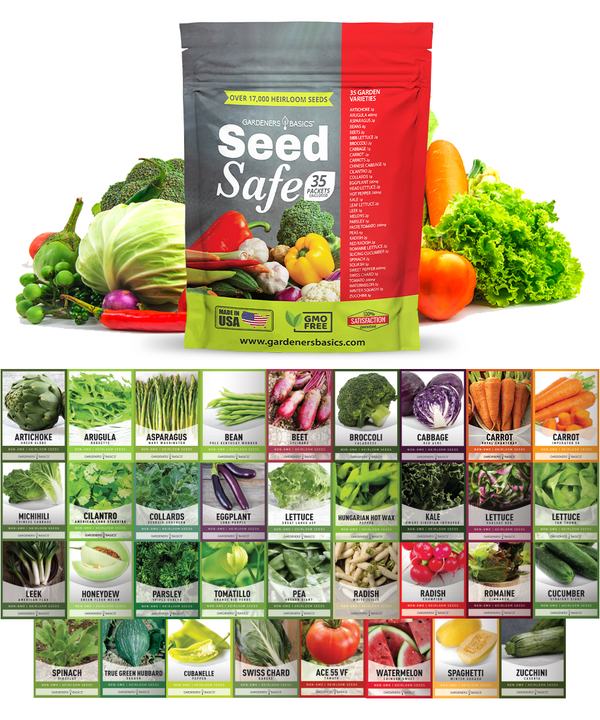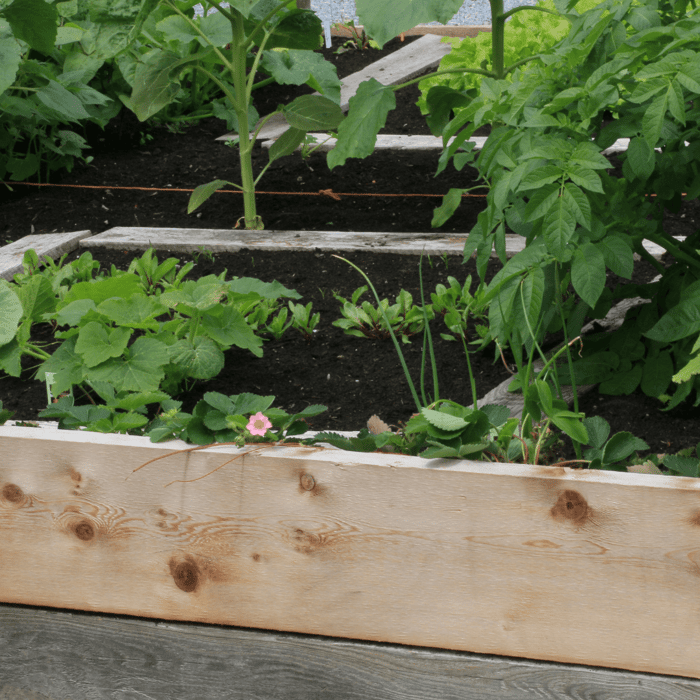As an enthusiastic gardener, I have witnessed firsthand the remarkable advantages of crop rotation. This extensive article will uncover the many facets of crop rotation and its crucial role in enhancing soil fertility. Let's journey together into the realm of crop rotation and discover how does crop rotation improve soil fertility and benefits our gardens and farms.
1. The Foundations of Crop Rotation
Crop rotation is a long-standing agricultural practice in which various crops are grown consecutively on the same land. This method helps to increase soil organic matter, improve soil fertility, and preserve the soil structure. By alternating crops, we can amplify the productivity of our gardens and farms and safeguard the soil from degradation. We'll explore the origins of crop rotation and how it has become a fundamental aspect of contemporary agriculture.
2. Small Grains and Cover Crops: Key Players in Crop Rotations
Small grains such as wheat, barley, and oats are pivotal in crop rotations. These crops improve soil fertility by boosting organic matter, diminishing soil erosion, and deterring weeds. Moreover, small grains can be a refuge for beneficial insects and provide a valuable pollinator food source.
Vegetable Seed Vault Kit | 35 Variety Pack

$29.95
$49.95
Ultimate Survival Seed Vault: 16,000+ Non-GMO Heirloom Vegetable Seeds for Emergency Preparedness Introducing the Seed Vault Kit, your all-in-one solution for emergency preparedness and sustainable gardening. This premium seed kit contains over 16,000 non-GMO, Heirloom, Non-Hybrid, and Open Pollinated seeds,… read more
Cover crops are grown to shield and enrich the soil during periods when it would otherwise be exposed. Examples of cover crops include clover, vetch, and rye. These crops offer several benefits, such as refining soil structure, augmenting water-holding capacity, and minimizing soil compaction. We'll discuss choosing suitable cover crops for your rotation and the best practices for integrating them into your garden or farm.
3. The Significance of Crop Root Systems
Different crop root systems have varying effects on soil fertility. Crops with deep rooting systems, such as alfalfa and sunflowers, break up compacted soil layers, enhance aeration, and increase water infiltration. Shallow-rooted crops like lettuce and spinach can utilize nutrients near the soil surface, while deep-rooted crops can access nutrients from deeper soil layers. We'll examine how understanding root systems can improve crop rotation planning and the benefits of combining crops with complementary root systems within the same rotation.
4. Green Manures: Boosting Soil Fertility
Green manures are cover crops grown explicitly to be incorporated into the soil, thereby improving fertility. They can add organic matter to the ground, enhance soil structure, increase water-holding capacity, and provide essential soil nutrients. We'll discuss the various types of green manures and how they can be strategically used in crop rotation to improve soil fertility, as well as the process of incorporating green manures into the soil and how this practice can enhance soil health.
5. Nitrogen-Fixing Crops: Replenishing Soil Nitrogen
Some plants, like legumes, can fix atmospheric nitrogen through a symbiotic relationship with bacteria in their root nodules. These nitrogen-fixing crops can provide a lot of nitrogen to the soil, improving its fertility and reducing the need for synthetic fertilizers. We'll delve into the science behind nitrogen fixation and discuss how incorporating nitrogen-fixing crops into your rotation can significantly improve soil fertility.
6. Weed Suppression through Crop Rotation
Rotating crops with different growth habits can help suppress weeds in your garden or farm. You can shade the soil by choosing crops with dense foliage and prevent weed seeds from germinating. Additionally, some crops, like rye and buckwheat, release allelopathic chemicals that inhibit the growth of certain weeds. We will explore various crop rotation strategies for effective weed suppression and how to combine these strategies with other weed management techniques, such as mulching and mechanical cultivation, to maintain a weed-free garden or farm.
7. Controlling Soil-Borne Diseases and Pests through Crop Rotation
Crop rotation helps break the life cycle of soil-borne diseases and pests by interrupting their food sources. By rotating crops that are not hosts to specific conditions or pests, you can reduce their populations and minimize the risk of infestations. We'll discuss common soil-borne diseases and problems and how crop rotation can be a preventative measure. We'll also look at other integrated pest management techniques that complement crop rotation for a more comprehensive approach to controlling pests and diseases.
Seed Safe Survival Seed Kit - 35 Variety Pack

$29.95
$49.95
Seed Safe Survival Seed Kit: The Ultimate Heirloom Collection for Self-Sufficient Gardening Introducing the Seed Safe - 35 Varieties of Heirloom Vegetable, Herb, and Fruit Seeds, the ultimate solution for gardeners who want to secure a bountiful future harvest. This… read more
8. Environmental Advantages of Crop Rotation
In addition to improving soil fertility, crop rotation has several environmental benefits:
- Reduced soil erosion: By maintaining a cover on the soil, you can reduce the amount of dirt that is washed or blown away by wind and water.
- Water conservation: Improved soil structure and increased organic matter result in better water-holding capacity, reducing the need for irrigation and conserving water resources.
- Biodiversity enhancement: Rotating crops promotes a diverse ecosystem, which supports a variety of beneficial insects, pollinators, and microorganisms. This biodiversity helps maintain a healthy and resilient agroecosystem.
- Reduced reliance on synthetic fertilizers and pesticides: By naturally replenishing soil nutrients and managing pests and diseases, crop rotation can reduce the need for chemical inputs, leading to a more sustainable and eco-friendly agricultural system.
We'll explore these environmental benefits in more detail and discuss how crop rotation contributes to climate change mitigation through carbon sequestration and reduced greenhouse gas emissions.
 9. Planning Effective Crop Rotations
9. Planning Effective Crop Rotations
To maximize the benefits of crop rotation, consider the following factors when designing your rotation plan:
- Crop selection: Choose a diverse range of crops with different rooting depths, nutrient requirements, and growth habits to optimize soil fertility and pest management.
- Rotation length: A longer rotation (3-4 years or more) is generally more effective at breaking pest and disease cycles and building soil fertility.
- Incorporate cover crops and green manures: Use cover crops and green manures to protect and enrich the soil during fallow periods.
- Timing: Schedule your rotation to make the best use of the growing season, considering each crop's specific needs.
We'll provide examples of crop rotation plans tailored to different climates, soil types, and garden or farm sizes. We'll also discuss adapting your rotation plan based on your specific goals and challenges, such as managing pests and diseases, building soil fertility, or optimizing water use.
10. Conclusion
In conclusion, crop rotation is a powerful tool for maintaining and improving soil fertility, suppressing weeds, managing pests and diseases, and promoting a healthy agroecosystem. By implementing a well-designed crop rotation plan, gardeners and farmers can significantly enhance the productivity and sustainability of their land. As a gardener, I can attest to the incredible benefits of crop rotation and encourage others to embrace this time-tested practice.







